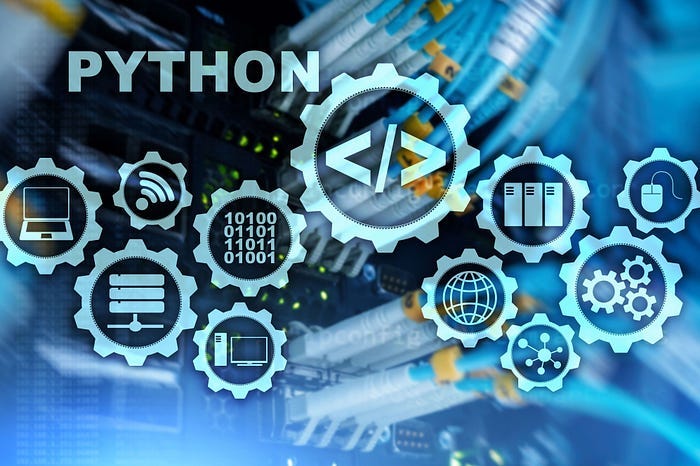Python Crash Course for Beginners | Python Comments

Python comments are an important aspect of Python programming. Comments are used to add explanations, notes, or reminders to the code that can be read by humans but ignored by the interpreter. In this article, we will take a closer look at Python comments and their usage.
Python Comments
Python comments are used to add additional information or explanations to the code. They can be used to improve the readability and understandability of the code, and also to remind the programmer of certain details about the code. Comments in Python start with the hash (#) symbol, and they continue until the end of the line.
# This is a single-line comment in PythonIn Python, there are two types of comments: single-line comments and multi-line comments. Single-line comments start with the hash symbol (#) and continue until the end of the line. Multi-line comments start and end with three single quotes or three double quotes.
Let’s take a look at some coding examples to better understand Python comments.
# Example of a single-line comment
# This is a comment that explains the purpose of the code
x = 5 # This is a comment that explains the value of the variable
# Example of a multi-line comment
'''
This is a multi-line comment
that spans across multiple lines
and provides additional information
about the code.
'''In this code, we use both single-line and multi-line comments to provide additional information about the code. The single-line comment explains the purpose of the code, while the multi-line comment provides additional information about the code.
Python comments are not executed by the interpreter, and they are ignored when the code is run. Therefore, comments can be used to disable a line or block of code without deleting it. This can be useful for testing or debugging purposes.
# Example of disabling a line of code using a comment
# x = 5In this code, we use a single-line comment to disable the assignment of the variable x to the value 5. The interpreter will ignore this line of code because it is commented out.
Python comments are also useful for documenting the code. Good documentation can help other programmers understand how the code works, and can also help the programmer remember how the code works when they come back to it later. Python has a built-in tool called “docstrings” that can be used to add documentation to a function.
def my_function(x):
"""
This function takes an input x and returns its square.
"""
return x**2In this code, we use a docstring to provide documentation for the function my_function(). The docstring is enclosed in triple quotes and is placed immediately after the function definition.
In summary, Python comments are an important aspect of Python programming. Comments can be used to add additional information or explanations to the code, to disable a line or block of code, and to document the code. It is important to use comments effectively in order to improve the readability and understandability of the code, and to make it easier to maintain and modify the code in the future.
Latest end-to-end Learn by Coding Projects (Jupyter Notebooks) in Python and R:
All Notebooks in One Bundle: Data Science Recipes and Examples in Python & R.
End-to-End Python Machine Learning Recipes & Examples.
End-to-End R Machine Learning Recipes & Examples.
Applied Statistics with R for Beginners and Business Professionals
Data Science and Machine Learning Projects in Python: Tabular Data Analytics
Data Science and Machine Learning Projects in R: Tabular Data Analytics
Python Machine Learning & Data Science Recipes: Learn by Coding
R Machine Learning & Data Science Recipes: Learn by Coding
Comparing Different Machine Learning Algorithms in Python for Classification (FREE)
There are 2000+ End-to-End Python & R Notebooks are available to build Professional Portfolio as a Data Scientist and/or Machine Learning Specialist. All Notebooks are only $29.95. We would like to request you to have a look at the website for FREE the end-to-end notebooks, and then decide whether you would like to purchase or not.